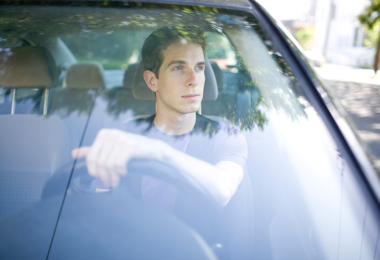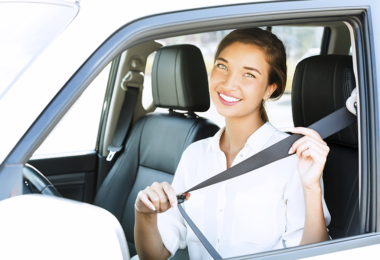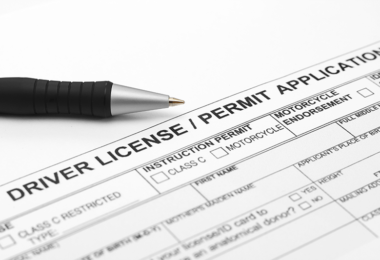Home / Modules / Components / Night restrictions starting at 9 or 10 pm / Description and rationale
Description and rationale
Driving at night is more challenging because of lesser visibility when it is dark, particularly when roads are not well lit as in the case of rural areas, and because recreational driving, fatigue and alcohol use are more common during this time. As well, novice drivers have poor hazard detection skills and hazards are harder to see and identify at night. Late-night driving increases teen risk for fatal crashes although not for less serious crashes.1 The majority (almost 60%) of the night driving crashes involving teen drivers occur before midnight. A host of studies have indicated that the earlier night restrictions begin the more effective they are in reducing crashes.





